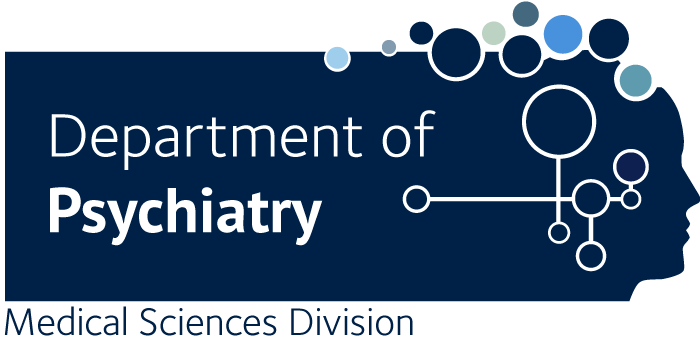Importance of good hosting: reviewing the bi-directionality of the microbiome-gut-brain-axis
Costa CFFA., Ferreira-Gomes J., Barbosa F., Sampaio-Maia B., Burnet PWJ.
Gut microorganisms have been shown to significantly impact on central function and studies that have associated brain disorders with specific bacterial genera have advocated an anomalous gut microbiome as the pathophysiological basis of several psychiatric and neurological conditions. Thus, our knowledge of brain-to-gut-to microbiome communication in this bidirectional axis seems to have been overlooked. This review examines the known mechanisms of the microbiome-to-gut-to-brain axis, highlighting how brain-to-gut-to-microbiome signaling may be key to understanding the cause of disrupted gut microbial communities. We show that brain disorders can alter the function of the brain-to-gut-to-microbiome axis, which will in turn contribute to disease progression, while the microbiome-to gut-to brain direction presents as a more versatile therapeutic axis, since current psychotropic/neurosurgical interventions may have unwanted side effects that further cause disruption to the gut microbiome. A consideration of the brain-to-gut-to-microbiome axis is imperative to better understand how the microbiome-gut-brain axis overall is involved in brain illnesses, and how it may be utilized as a preventive and therapeutic tool.

